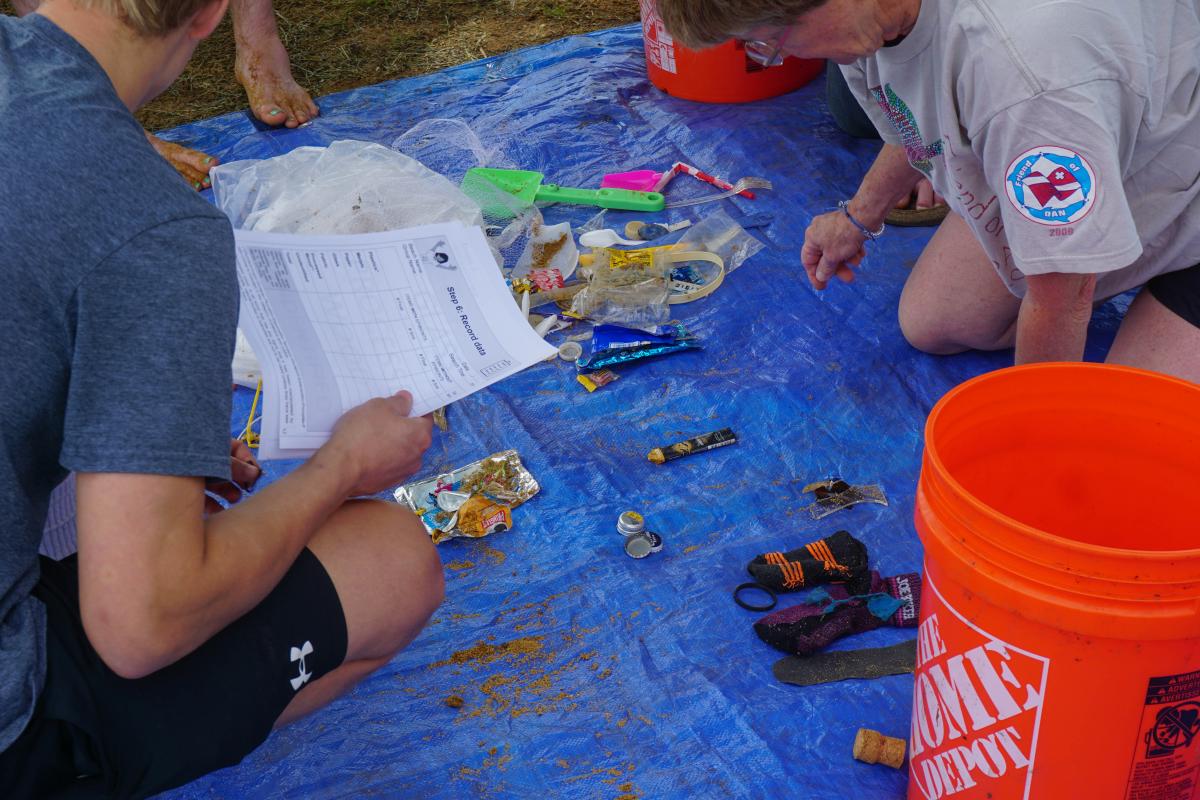The "What" and "Why"
Since humans developed synthetic plastics in the early part of the 20th century, we’ve found more and more uses for them and globally, we produce nearly 300 million tons of plastic each year. Plastics are generally designed to be long-lasting and durable, which makes them particularly persistent in the environment. Today, most litter in the ocean is made of plastic (although there can also be metal, glass, and composite litter). Some of ocean plastics are small (known as microplastics), while others, such as broken fishing nets, can be very large. There have even been cases of abandoned boats that cross oceans and wind up in completely different continents!
Marine litter can stay in the ocean for long periods of time. While it is out in the ocean, it can become habitat for a range of marine organisms, like barnacles. As ocean currents move the trash around, some of the litter (and any organisms that might be living on it) can wind up far from where they initially entered the ocean. This provides opportunities for some of those organisms to travel far from their native ranges and potentially become invasive when they arrive in a new location. Aquatic invasive species cause billions of dollars in damage each year and can have negative impacts on ecosystems and local economies. By understanding the ways that marine litter may be transporting organisms, we can better predict and mitigate the impacts of these organisms.

